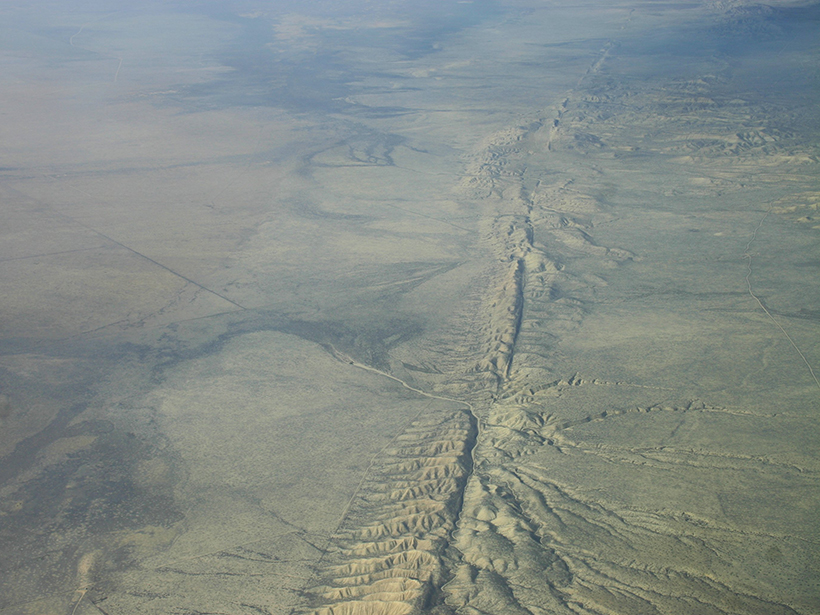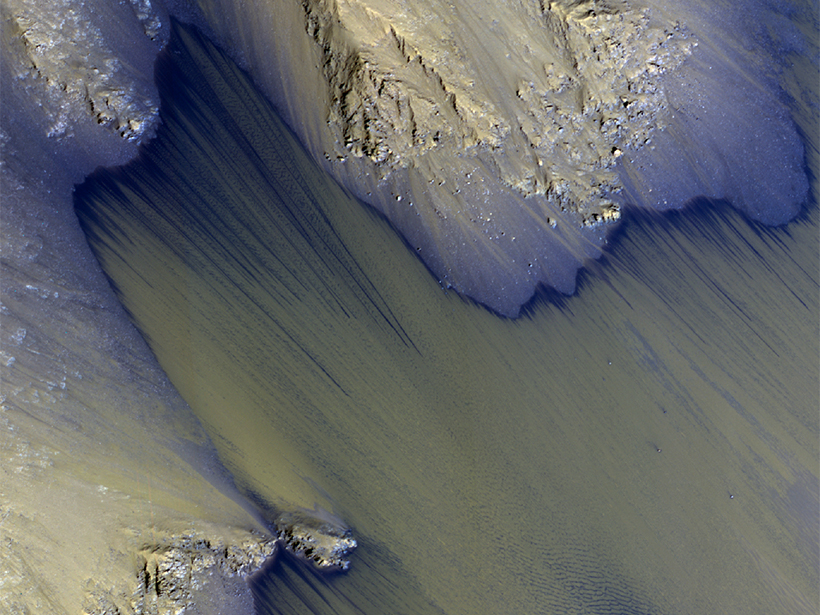The American Geophysical Union has chosen 60 new Fellows and will honor them at the upcoming 2016 Fall Meeting in San Francisco, Calif.
CC BY-NC-ND 2016
Tiny, Deep Quakes Increase on San Andreas as Tides Tug on Fault
When the gravity of the Sun and Moon causes Earth's crust to bulge every 2 weeks, slow-moving earthquakes proliferate in the lower reaches of the San Andreas, a new study finds.
Reconstructing Catastrophic Floods on Earth and Mars
A new theoretical model suggests that ancient floods that carved canyons on Earth and Mars may have been much smaller but lasted longer than previously thought.
New Geophysical Research Letters Editorial, Revisions Policies
Changes in submittal, editorial, and review policies support high standards and timely publication in the face of the increasing number of papers submitted.
Volcanic Eruptions Stir an Already Complex Atmosphere
A study of Earth's atmospheric response to major volcanic eruptions seeks to reconcile contradictions between observations and climate models.
A Cluster of Water Seeps on Mars?
The discovery of dense concentrations of recurring flowlike features in two Valles Marineris chasms could aid in the search for life and influence future exploration of the Red Planet.
USGS Seeks to Contain Damage from Scientific Misconduct at Lab
Although damage from the specific incident "is relatively well contained," the issue threatens the agency's reputation for high-quality science and goes counter to its standards, according to a USGS official.
Revising the Displacement History of New Zealand's Alpine Fault
A reinterpretation of structural and paleomagnetic data suggests that New Zealand's Alpine Fault accommodates a far greater percentage of geologically recent plate motion than previously thought.
Tracking Down Elusive Origins of Kazakhstan's 1889 Chilik Quake
New fieldwork and satellite data suggest that three faults may have caused a large earthquake near Almaty, Kazakhstan, more than a century ago.










